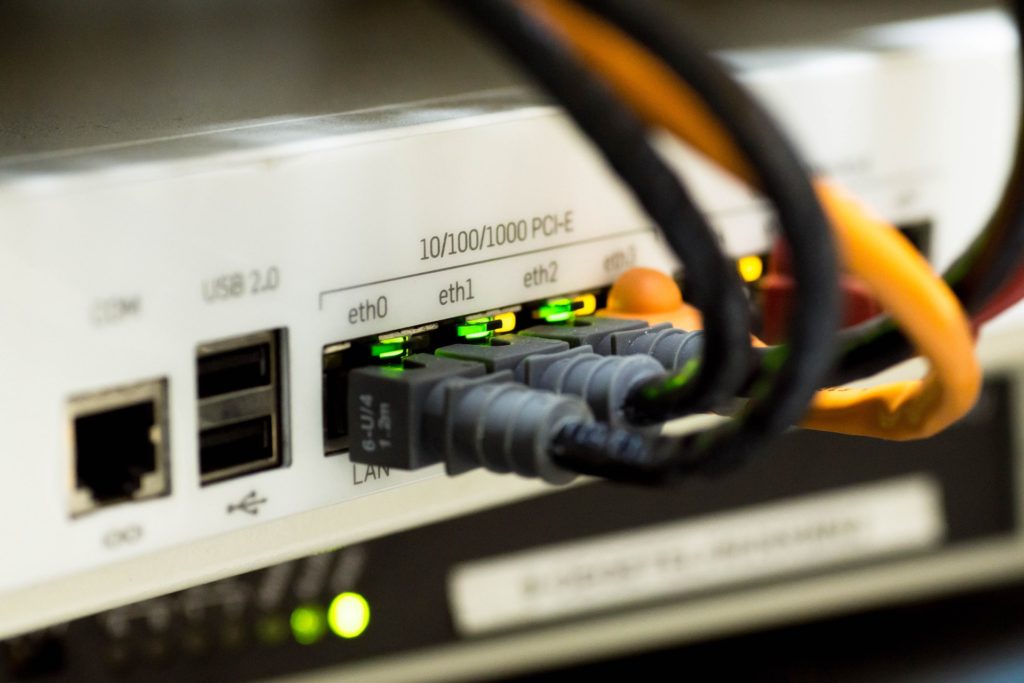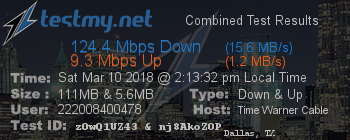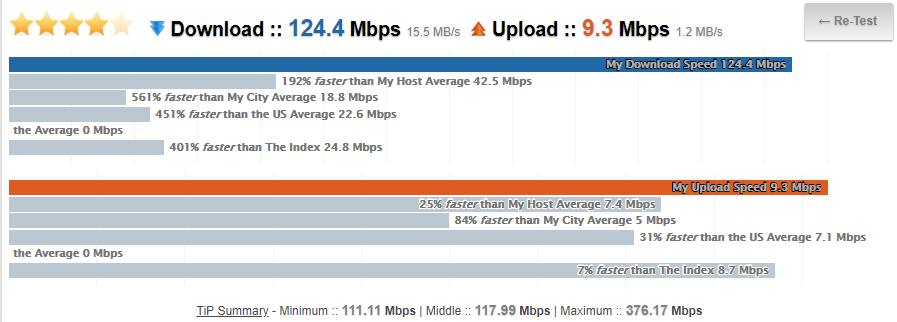The internet is changing all around us. We’ve gone from reading daily news to daily downloads to daily streaming content. As the internet continues to evolve with mankind, it’s becoming more and more a part of our daily routine.
Practically every job out there requires some sort of internet-connected device. Whether it’s an electric picking system for pickers at Amazon or a machine to clock in for work, we’re all a part of the internet now.
At the place I work, we have internet connected tablets everywhere. The distribution center simply cannot function without them. In the morning, the workers use timeclock tablets to enter their employee badge number, followed by placing their finger on a fingerprint reader. The tablet sends this information to a cloud server and records their time. The process is repeated at the end of the day.
While they work and pick items off racks, they use internet-connected tablets that communicate to a local server for orders and batches. Then, internet-connected shipping trucks pickup the packages to then communicate to the customer over the internet. From placing the order to receiving the package, it’s all done thanks to the internet.
With so many devices connected to the internet, the available bandwidth is shrinking, and Internet Service Providers need to keep up, especially with the amount of streaming going on in today’s world and how everybody is carrying around a mobile computer with internet capabilities.
Let’s say this was 30 years ago and you were a fortune teller. You have somebody sitting in front of you, and they ask “What does my future hold for me?” You think carefully and offer the prediction of “You will be carrying a wireless phone that is worth $1,000.”
A $1,000 phone in my pocket? With that prediction, they may think they’ve hit it big and become rich. Nowadays almost all of us carry around a close-to $1,000 phone with even older models still being worth hundreds of dollars.
This phone is how millions of people connect to the internet. More people use their mobile device to access the internet than any other device. Mostly because we always have it and it always has an internet connection.
The expanding 4G network is quite remarkable. It offers average speeds of 20Mbps download and 2Mbps for uploads. Considering 4G network towers can be miles away from you with multiple obstructions in the air, like trees, it’s incredible that they can accomplish that.
Let’s focus on the home though, where our home routers are a little closer to us than the 4G tower. At home, we have a lot of internet connected devices. Computers, phones, virtual assistants, TVs, thermostats, and more.
Everything is connected to the internet, and it’s going to need to use up some of your internet bandwidth. If your Internet Service Provider (ISP) isn’t providing you with enough bandwidth and you are grabbing your popcorn to watch the latest Game of Thrones episode to only then find out its buffering every 30 seconds, you’re going to have a bad time.
Both Netflix and YouTube combined use 50% of all internet traffic. We’ve become a streaming internet society, and we are downloading everything that we can see.
It wasn’t so long ago when my household of internet-connected things was rocking a 15Mbps download connection. At the time, it seemed so fast. It was enough to handle a few of us gaming at once and perhaps somebody watching a 720p stream.
As Amazon, Netflix, and Hulu expanded their streaming services and content, the amount of streaming we were already doing went up. Not to mention the amount of content a gamer is downloading during their gaming session.
Internet download speeds of 15Mbps just aren’t going to cut it any longer. So, with a free upgrade, we made the jump to 50Mbps!
Now we’re talking. I could download game updates in a fraction of the time of what it used to take. Streams and videos no longer lagged when other people in the house were watching and games were buttery smooth too.
It didn’t stop there. Following the Charter-Time Warner Cable buyout to then form Spectrum, the new plan offered starting speeds of 100Mbps! It was only a couple of years ago that I was used to 15Mbps.
Do I even need 100Mbps for what I do at home? No, I don’t—at least not right now—but it sure does help download a 10GB game patch in 10 minutes.
If I don’t need 100Mbps, do you? What do we need for today’s internet? Well, it’s all related to the number of people in your household and the amount of bandwidth you are using.
Constant streaming means you’ll need more bandwidth than somebody who is just reading the news or browsing Reddit.
Unfortunately, 100Mbps is the lowest option in Spectrum’s lineup, so there isn’t any cost savings to go lower than what I am at now. If there was a lower option, should you go for it?
Cost should be your deciding factor for internet plans. If it’s just a few dollars you are saving, go for the next plan up. If it’s significant savings, drop down. This is almost always the case as the download speeds between prices is often minimal.
In a household like mine with five people and their 20+ connected devices at any given time and all of them doing heavy bandwidth content, a connection at 50Mbps would be more than enough. For both streaming and gaming. If you do less than that, a connection at 30Mbps would be sufficient.
The benefit of having more isn’t so much that you can use more at once, it’s that you can download things faster. If you are a Steam gamer and are looking to reinstall GTA V with its 80GB download, having a 100Mbps connection means it could be done in just a few hours.
To see what you get now, use a website like www.testmy.net. This website uses your browser to virtually download files and see how long it takes for the browser to report a completion response. Then, by measuring how much time has passed, it can calculate your download speed.
So, you’ve just ran the test, and the speeds aren’t reporting what you should be getting from your ISP. First and foremost, give your ISP a buzz to ask them what’s up. Inform them that an online internet speed test is reporting lower than your expected results. While internet speeds have variance (like how I am receiving 124Mbps on a 100Mbps connection), if it’s a significant alteration, they may be throttling you.
Let’s pretend they say they’ve done everything they can. Then, look at investing in a new router or modem. Old internet equipment can be a factor here and cause slower internet speeds, especially if you are on wireless. This sort of test should always be done hardwired or when standing close to the wireless router.
The best solution is to use a mesh network like the eero router. Having multiple access points around the home lets desktop computers be hardwired and wireless connections to receive full bars from anywhere in the home.
I’ve been talking a lot of about downloading so far, mainly because it’s extremely important in today’s world. We download everything, including streaming content. Remember that Netflix and YouTube make up 50% of all internet traffic.
When it comes to upload speeds, these can be minimal as long as you aren’t a content streamer (Twitch or YouTube uploader) or backing up to the cloud. We send very few responses back to the internet and when we do, they are small packets. Don’t stress yourself or blow all of your cash on getting a high upload speed.
Spectrum Internet will soon offer internet speeds up to 300Mbps and companies like Google offer internet plans through Fiber Internet of up to 1Gbps. We are streaming so much content, but these internet speeds seem ridiculous at this time.
Just you wait, it won’t be long before we will all need 10 gigabit network cards in our computers just to use our daily internet connection.
© 2018 Justin Vendette



